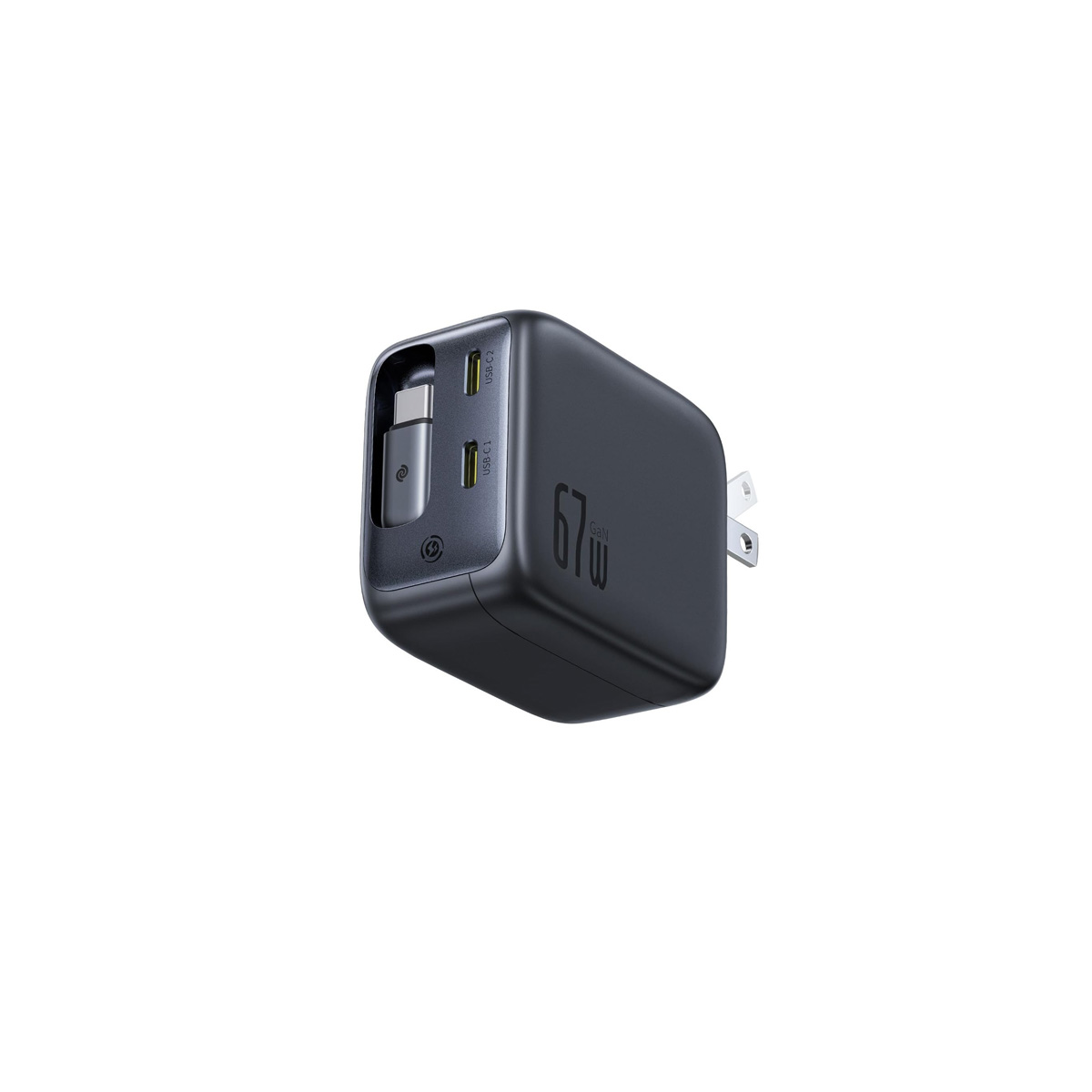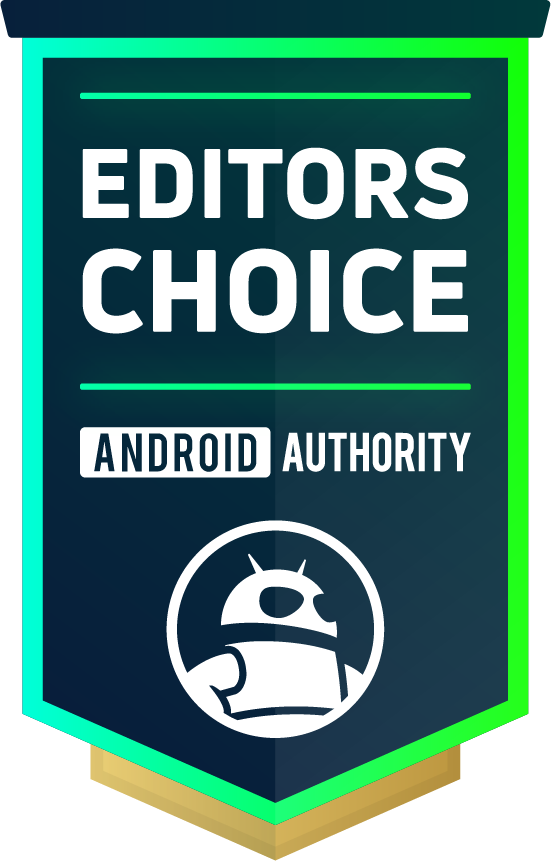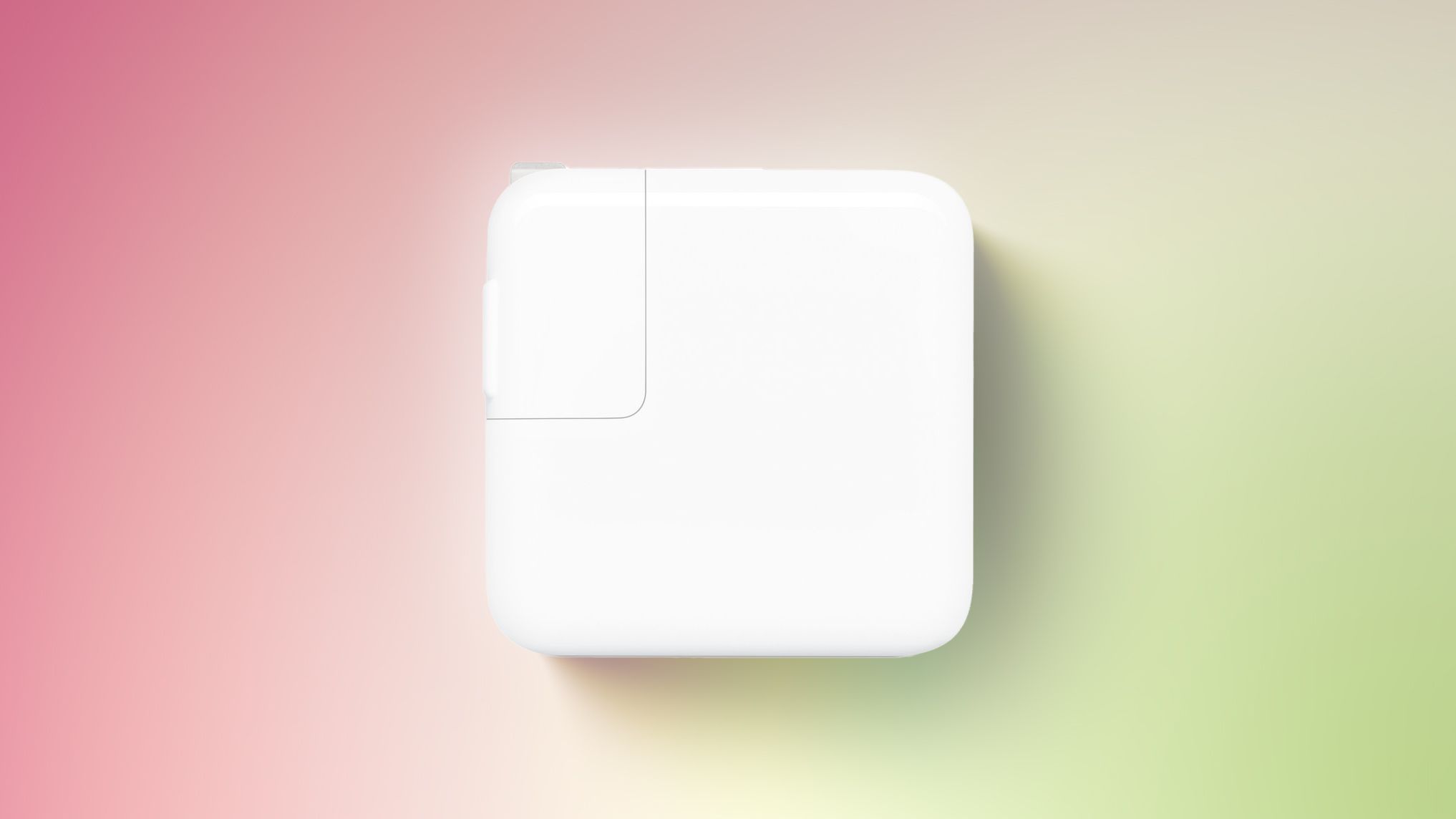Baseus Enercore CJ11 fast-charging 67W wall charger
The Baseus EnerCore CJ11 wall charger is a compact, do-it-all USB-C charger with two USB-C ports and one built-in retractable USB-C cable. It can deliver up to 67W from any port (or all three combined), and supports the Google Pixel 9 Pro XL and 10 Pro XL’s specific fast-charging requirement of 18V/2A to top up at 37W.
If you just got a Google Pixel 10 Pro XL like me, odds are you already have a USB-C charger that will fill up the battery when it’s empty. Even an old, slow USB-C charger with no special features will do the trick, probably topping up at around 18W. That’s all you need to know if you’re OK with your phone taking up a couple of hours to charge. But if you want fast charging, you should buckle up.
The world of USB-C is as messy as it is simple, and although one uniform port does the job, there are dozens of different speeds, protocols, and capabilities hidden in it — some prevalent, others uncommon. The Pixel 10 Pro XL is one of those special cases; it requires a specific flavor of USB-C fast charging that not every wall charger will offer, and finding the right one can be frustrating.
I have six single-port and multi-port USB-C chargers at home now, which go from 45W to 100W. On paper, any one of them should be able to deliver the full 37W that the Pixel 10 Pro XL requires, but the reality is that only one does. And it’s not even the most powerful one on paper! It’s the 67W Baseus EnerCore CJ11, and it has one extra trick up its sleeve: an extra built-in retractable USB-C cable. Let me explain what makes it special and how I tested it to ensure it supports my Pixel 10 Pro XL.
So what’s so special about the Pixel 10 Pro XL’s fast charging?

Rita El Khoury / Android Authority
Just like the Pixel 9 Pro XL, the new Google Pixel 10 Pro XL requires a special flavor of USB-C fast charging. The two phones can go up to 37W via USB-C Power Delivery PPS, but in order to reach that maximum draw and fill up at the highest speed, they need around 18V of power at 2A. That’s much higher than the usual 9V that most fast-charging phones like the Galaxy S25 Ultra, for example, use.
When my colleague Robert Triggs investigated this issue special requirement with the Pixel 9 Pro XL, he noticed that the phone couldn’t negotiate this higher-voltage, lower-amperage demand with many chargers. This dropped it down to a slower 27W (9V/3A) power and took longer to fill up the phone’s battery. The Pixel 10 Pro XL’s charging follows the same footprint and, considering how slow it fills up even at the full 37W, dropping to 27W isn’t always a good idea.
I’m okay with my phone taking a couple of hours to charge up overnight, but there are days when I’m busy or traveling, and I’d rather not be tied to a wall outlet. If I’m in a rush to get out the door and only have 30 minutes to top up my Pixel, I must get the most out of that time, and that’s where finding a charger that can handle 18V/2A became essential to me.
The Baseus EnerCore CJ11 wall charger to the rescue
I’ve long been a fan of Baseus’ products, and this little GaN wall charger is no exception. It fits in the palm of my hand, has two equally powerful USB-C ports, and brings an extra 32-inch (~82cm) built-in retractable USB-C cable for the tidiest and most complete package. If you know me, you know I am obsessed with retractable cables, so that part is just the cherry on top of the cake.
The EnerCore CJ11 tops at 67W total, so it’ll divide the power it can deliver between all three ports when all are in use. In my tests, I saw that they were equally powerful when used alone, so I don’t have to worry about plugging my Pixel 10 Pro XL in one specific C port or using/not using the built-in cable. All three are good enough.
I let my Pixel 10 Pro XL drop to less than 20% battery to make sure it’ll demand the biggest power draw from the CJ11 and plugged it in. I used a Satechi USB-C power meter to record the data from the built-in USB-C cable, and a ChargerLAB Power-Z AK001 USB-C test cable ($19.99 on Amazon) for the two USB-C ports. Here are the results.
| Volts | Amperes | Watts | |
|---|---|---|---|
|
USB-C port 1 |
Volts
17.7091 |
Amperes
2.1148 |
Watts
37.4512 |
|
USB-C port 2 |
Volts
17.6617 |
Amperes
2.07347 |
Watts
36.6210 |
|
USB-C retractable cable |
Volts
17.6 |
Amperes
1.96 |
Watts
34.4960 |
As you can see, both C ports gave my Pixel 10 Pro XL its required ~18V/2A of power to top up at around 37W. Even the built-in cable did that too, though slightly slower, but that’s probably because the battery was already filling up nicely by the time I plugged it in for this third test. I’ve had similar results with my Pixel 9 Pro XL too.
The Baseus EnerCore CJ11 delivered a consistent 37W fast charge to my picky Pixel 10 Pro XL with both USB-C ports and the built-in cable.
This kind of consistency gives me peace of mind. I can leave this charger plugged in and know that at any point in time, I can either extend the built-in cable or plug in another good USB-C cable and get the max 37W charging power for my phone. Granted, that won’t fill up the battery in 15 minutes like most super blazing fast charging phones, but it’s still better than being limited to 27W on other USB-C chargers when I’m in a rush.
How well does it charge other devices?
I repeated my tests with a few other devices to make sure the Baseus EnerCore CJ11 wasn’t a one-trick pony, and the results were just as positive. It filled up my Pixel 9 Pro and 10 Pro at their maximum ~27W of power through all ports and cables, gave my Nothing Phone 2 the full ~45W of power it expects to charge up nicely, and it even surpassed its own rating of 67W and delivered 69W to my MacBook Air M3 via the two USB-C ports. The built-in retractable cable seemed to top at 65W or so in that case, though.
| Volts | Amperes | Watts | |
|---|---|---|---|
|
Pixel 9 Pro / 10 Pro (27W max) |
Volts
16.8135 |
Amperes
1.57519 |
Watts
26.4845 |
|
Nothing Phone 2 (45W max) |
Volts
17.6181 |
Amperes
2.54528 |
Watts
44.8430 |
|
MacBook Air M3 (70W max) |
Volts
19.4619 |
Amperes
3.5527 |
Watts
69.1423 |
More importantly, it didn’t exhibit the Pixel prioritization that Google’s more expensive 67W Pixel Flex charger ($59.99 at Amazon) has. In Rob’s tests, Google’s dual-charger would stop filling up his laptop when he had a high-voltage Pixel phone plugged in at the same time, even though there was power left to be shared. With the CJ11, I didn’t see this. It deprioritized my Pixel 10 Pro XL from 18V to 9V (giving it 20-23W total) and charged my MacBook at 45W, which is precisely what I expect a charger to do when both a laptop and phone are plugged in simultaneously.
This is now my versatile, go-to Pixel 10 Pro XL charger

Rita El Khoury / Android Authority
All of these tests propelled the Baseus EnerCore CJ11 to the top of my favorite wall charger list. My only concern is that I want to use it everywhere at home and in my backpack simultaneously. At its MSRP of $59.99, that was a bit much, but it often drops to $40-45 on Amazon, which makes it much more tempting to grab a couple and replace all my ageing chargers.
So far, I’ve kept mine in my living room. My Pixelsnap charger with stand is permanently plugged in one of the C ports, so I can always prop my Pixel 10 Pro XL and get it charging decently fast over Qi2 25W. But when I’m in a rush and need extra speed, I just extend the built-in USB-C cable and boom, 37W of power into my Pixel 10 Pro XL! When I’m done, I snap it back in place, and the cable mess disappears. The neat freak in me loves this.
I love how reliable, consistent, and pocketable this charger is, and the retractable cable is excellent for the neat freak in me.
Plus, that same cable is perfect for topping up my MacBook as well as my husband’s Pixel 7 Pro and any other guest’s phone or computer. And then there’s the second USB-C port which remains available for other random gadgets that require a specialty USB-C cable (like my Pixel Watch 3 or Nuki smart lock).
But really, with the size, ports, built-in cable, and good performance, the Baseus EnerCore CJ11 can just as easily be my travel charger, too. On the US model, the prongs flip closed for a neat rectangular carry, and on the EU model, the prongs aren’t too large to stop me from keeping it in my backpack.
Finally, as a word of warning, the Baseus EnerCore series has two other products — the 67W CR11 portable power bank ($59.99 at Amazon) and the 70W CG11 universal travel adapter ($39.99 at Amazon) — but neither of these could top the Pixel 10 Pro XL at the full rated 37W in my tests. The phone couldn’t negotiate its required 18V/2A of power with them, so it dropped to ~9V/3A and reached a max of 28W. However, they do top up my MacBook Air M3 at 67W and my Nothing Phone 2 at 45W, so they’re excellent choices if you don’t have a Pixel 9/10 Pro XL or if you don’t care about the absolute fastest charging speed on the go.


Baseus Enercore CJ11 fast-charging 67W wall charger
Foldable plug • 67W USB-C PD PPS • Built-in retractable USB-C cable
MSRP: $59.99
A powerful and fast wall charger with a convenient built-in cable.
The Baseus Enercore CJ11 is a small and very functional wall charger that supports USB-C PD PPS at 67W. With its foldable plug and built-in retractable USB-C cable, it packs super small. It also has two extra USB-C ports, too.
Positives
- Delivers fast speeds from all 3 ports
- Convenient built-in retractable USB-C cable
- Compact size
- Compatible with the Pixel 10 Pro XL
Cons
- 67W isn’t enough for demanding laptops
- Retractable cable could be a point of failure
Thank you for being part of our community. Read our Comment Policy before posting.









